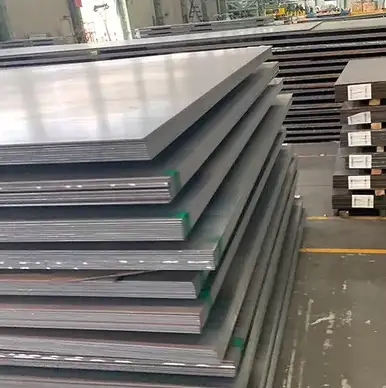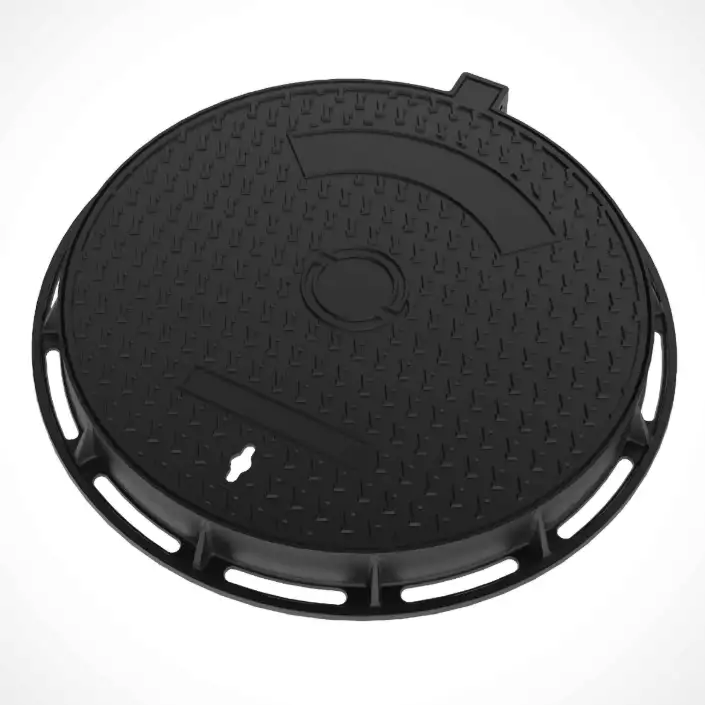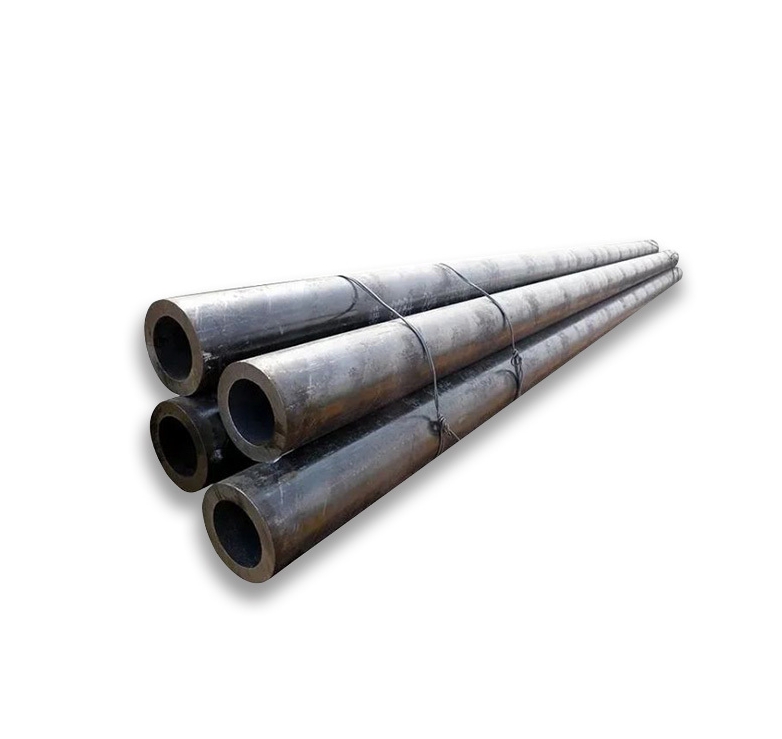In 2025, the global price of high carbon steel sheets is being shaped by multiple factors, including market demand, raw material costs, and geopolitical dynamics. The high carbon steel market has seen notable price fluctuations, driven by a combination of economic factors and supply chain complexities. As we explore these trends in detail, it becomes clear that understanding the underlying influences on pricing can significantly benefit manufacturers and businesses looking to procure high carbon steel sheets.
What is High Carbon Steel?
High carbon steel is an alloy primarily composed of iron and carbon. It typically contains 0.6% to 1.0% carbon, which imparts higher strength, hardness, and wear resistance compared to low-carbon steels. Due to its superior mechanical properties, high carbon steel is used in applications that require durability and strength, such as the manufacturing of tools, machinery parts, and automotive components. Its versatility in production processes and resistance to wear make it indispensable across industries.
Global Pricing Trends of High Carbon Steel Sheets in 2025
As of 2025, global high carbon steel prices have been under pressure due to several macroeconomic factors. The overall trend shows an upward shift in prices, largely influenced by increased demand in construction, automotive, and manufacturing industries. Factors such as fluctuations in raw material costs, energy prices, and transportation expenses are also contributing to price increases. Furthermore, the market is reacting to shifts in global steel production capacities, changes in labor costs, and trade restrictions or tariffs, particularly in the major steel-producing countries like China, the US, and the European Union.
Regional Price Comparisons
A comparison of prices from different regions reveals notable discrepancies. For instance:
| Region | Price per Ton (USD) | Factors Affecting Price |
|---|---|---|
| China | $500 – $600 | Lower production costs, extensive supply chain, government support |
| USA | $800 – $1,000 | Higher labor costs, tariff impacts, and stronger demand |
| EU | $700 – $900 | Environmental regulations, higher labor costs |
| India | $550 – $650 | Competitive pricing, lower production costs, limited domestic demand |
These differences are largely due to local market conditions, manufacturing capabilities, and governmental regulations in each region.
Key Applications of High Carbon Steel Sheets
High carbon steel sheets find their application across a broad range of industries. Some key uses include:
-
Automotive Manufacturing: High carbon steel is used for making gears, shafts, and other parts that require strength and resistance to wear.
-
Construction: It is employed in the production of heavy-duty structures, including beams, supports, and reinforcements.
-
Machinery: Many industrial tools and equipment parts are made from high carbon steel due to its strength and durability.

Production Process of High Carbon Steel Sheets
The production of high carbon steel sheets begins with the selection of high-quality iron ore. The steelmaking process typically involves either the blast furnace method or the electric arc furnace method. Once the steel is refined, it undergoes rolling to form sheets of varying thickness. The sheets are then heat-treated to improve their mechanical properties, such as hardness and tensile strength.
Technical Standards and Grades
Several ASTM (American Society for Testing and Materials) standards govern the quality of high carbon steel sheets. Key standards include:
-
ASTM A1008: Specifies the requirements for cold-rolled carbon steel sheets.
-
ASTM A1011: Pertains to hot-rolled carbon steel sheets.
High carbon steel sheets are also available in different grades, which determine their specific properties, such as hardness and resistance to corrosion.
Impact of Global Economic Factors on Pricing
Economic factors such as inflation, fluctuations in energy prices, and supply chain disruptions have a profound effect on the price of high carbon steel. For example, during periods of global economic uncertainty, raw material costs tend to rise, which in turn impacts the final price of steel products. Additionally, tariffs imposed on imported steel can cause price hikes, particularly in countries that rely on imports.
Cost Breakdown of High Carbon Steel Sheets
The price of high carbon steel sheets is determined by several cost components:
-
Raw Material Costs: The cost of iron ore, coke, and coal can constitute a significant portion of the total price.
-
Labor Costs: Labor in regions with higher wages, such as the US or EU, directly impacts the overall cost of production.
-
Energy Costs: Steel production is energy-intensive, and fluctuations in energy prices can affect the price of steel sheets.
-
Overhead and Distribution: Logistics and transportation costs add to the final price, especially when shipping large quantities of steel across borders.
Luokaiwei: Your Reliable High Carbon Steel Supplier
At Luokaiwei, we pride ourselves on offering high carbon steel sheets at highly competitive prices. As a leading Chinese supplier, we provide a range of custom options to meet the specific needs of our clients. Our factory price advantage and fast delivery times for in-stock items make us a reliable partner in the global steel market. Whether you need high-quality steel for automotive manufacturing, construction, or machinery, we offer customized solutions tailored to your requirements.
How to Choose the Right High Carbon Steel Sheet
Selecting the right high carbon steel sheet for your project involves considering several factors:
-
Grade: Depending on the application, different grades of steel will be required.
-
Thickness: The required thickness will depend on the stress and load the steel will need to bear.
-
Heat Treatment: Some applications may require heat-treated steel to enhance its properties.
Customization options can impact the final price, but they ensure the material is tailored to meet the specific demands of your project.
Future Outlook for High Carbon Steel Prices
Looking ahead, experts predict that the price of high carbon steel sheets will continue to be influenced by global supply and demand dynamics, as well as new technologies in steel production. Automation, better energy efficiency, and alternative production methods could mitigate price increases in the coming years, but inflation and geopolitical risks are likely to keep prices volatile.
Frequently Asked Questions (FAQs)
-
What is the difference between high carbon steel and low carbon steel?
High carbon steel contains 0.6% to 1.0% carbon, offering greater strength and hardness, whereas low carbon steel contains less carbon and is more malleable. -
What industries use high carbon steel sheets?
They are used in automotive manufacturing, construction, heavy machinery production, and toolmaking. -
How is high carbon steel produced?
It is produced using either the blast furnace method or electric arc furnace method, followed by rolling and heat treatment. -
Why is the price of high carbon steel sheets increasing in 2025?
Increased demand, raw material cost fluctuations, and supply chain disruptions have contributed to rising prices. -
Can I get custom high carbon steel sheets from Luokaiwei?
Yes, we offer customizable options based on your specific requirements, ensuring the best possible material for your project.








